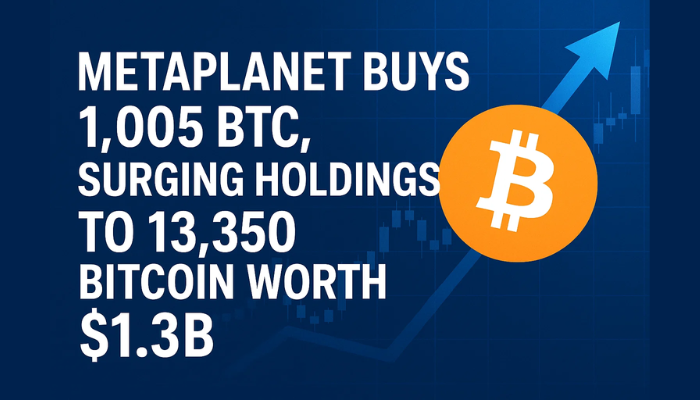Forex Signals Brief June 7: Will the NFP Save the USD or Plunge It Lower?
Today the Non Farm Payrolls report will close the week, which might send the USD either way, after a weakening trend in US employment.

Yesterday the economic data was light until the ECB meeting just before the US open. The ECB implemented a widely anticipated 25 basis point reduction in rates, reducing the main refi rate to 4.25% from 4.50%. This marks the first rate cut in five years and comes amidst concerns about lower inflation.

The rate cut was widely predicted by market analysts, given the ECB’s focus on stimulating economic activity and addressing inflation concerns, while in the press conference, ECB President Lagarde refrained from committing to a specific rate path, emphasizing that the decision was justified by confidence in the prospect of lower inflation. So, for what it’s worth, it was a hawkish cut.
Other ECB sources also expressed concerns about pre-committing to further rate cuts. While there was speculation about a possible rate cut in July, it is now believed to be unlikely, with September being considered the earliest possible timing for additional easing measures, which left the Euro slightly bullish after all.
Besides the ECB, we also had the unemployment claims which left the USD weak for another day. The initial unemployment claims for the current week came in at 229K, slightly higher than the expected 220K. This is a modest increase from the prior week’s revised figure of 221K. The 4-week moving average, which smooths out volatility, decreased slightly to 222.25K from 223.0K last week. This suggests that while there was an uptick in the latest week’s data, the overall trend remains relatively stable. Continuing claims slightly increased to 1.792M, just above the estimated 1.790M, and slightly higher than the prior week’s revised figure of 1.790M. The 4-week moving average also rose marginally to 1.789M from 1.786M, indicating a slight upward trend in the ongoing unemployment claims.
Today’s Market Expectations
Today, in the Asian session we had Japan’s April household spending data, which shows both short-term volatility and long-term improvement. The significant MoM decline contrasts with the first YoY growth in 14 months, suggesting a complex but potentially positive trajectory for consumer spending. The government’s focus on salary increases is a strategic move to boost household income and consumer confidence, which, if sustained, can support economic growth and stability. Policymakers and market participants will closely watch future spending data to gauge the effectiveness of these measures and their impact on Japan’s economic recovery.
In the United States, upcoming labor market data is eagerly awaited, particularly following last week’s slightly below-estimate Personal Consumption Expenditures (PCE) report. An expected increase from 0.2% to 0.3% in average hourly earnings suggests potential wage growth. Higher wages can stimulate consumer spending and contribute to inflationary pressures. This could indicate a strengthening labor market and boost consumer confidence. An anticipated increase of 185K positions in non-farm employment, compared to 175K in the previous month, signals potential job growth. Strong employment figures reflect economic health and can influence consumer sentiment and spending patterns positively. The predicted steady unemployment rate of 3.9% suggests ongoing labor market stability. A low unemployment rate indicates a tight labor market, potentially leading to wage pressures and increased competition for skilled workers.
The trading activity yesterday was characterized by high volatility and a declining USD after the release of another set of soft employment data, and a hawkish ECB rate cut, contributing to increased market volatility.. The opening of 7 trading signals across different asset classes, with most closing in profit, highlights a successful trading strategy in a volatile environment.
Gold Continues to Bounce Within the Range
Gold prices have faced challenges sustaining their upward momentum since May 24th but they might have resumed the uptrend now. Gold was trading within a range after reaching a record high of $2,450 on May 20th, with Moving averages acting as resistance, constraining any significant rebound in prices, as well as support. But the recent weak job data from the United States has heightened expectations of a Federal Reserve interest rate cut in the near future. So, the anticipation of monetary policy easing has weakened the US dollar and provided support for Gold prices.
XAU/USD – H4 chart
The 200 SMA Rejects AUD/USD Again
The recent bullish momentum in the AUD/USD pair has been driven by USD devaluation, while Australian economic data has remained relatively neutral. Key support lies at the 100-day SMA, while the 200-day SMA has acted as resistance. Confirmation of the pair’s direction, supported by developments in Chinese economic data and broader market sentiment, will be essential for traders navigating potential movements in the pair.
AUD/USD – Daily Chart
Cryptocurrency Update
Selling Bitcoin Above 71K Again
The buying pressure continues in Bitcoin, so the long-term uptrend remains intact. However, it is still having difficulty passing the all time high level, with recent price action indicating a retreat of this key resistance level. However, yesterday the price ended up slightly lower, showing exhaustion after the recent bullish move.
BTC/USD – Daily chart
Ethereum Slips Below MAs
The recent boost in confidence induced by the SEC’s more favourable stance on spot Ether ETFs has pushed Ether (ETH) to a new high of $3,832.50. This large gain from its previous high of roughly $3,000 represents a staggering 25% increase in Ethereum’s value. Capitalizing on this upward trend, we profitably closed our Ethereum buy signal last week and are looking to open another one. The Ethereum ETF’s acceptance is regarded as an important milestone, with the potential to encourage larger institutional investment and broader Ethereum adoption. This change is expected to increase market stability and liquidity, pushing prices further higher. However ETH/USD has been stabilizing below $4,000 for two weeks.
ETH/USD – 240 minute chart
- Check out our free forex signals
- Follow the top economic events on FX Leaders economic calendar
- Trade better, discover more Forex Trading Strategies
- Open a FREE Trading Account


